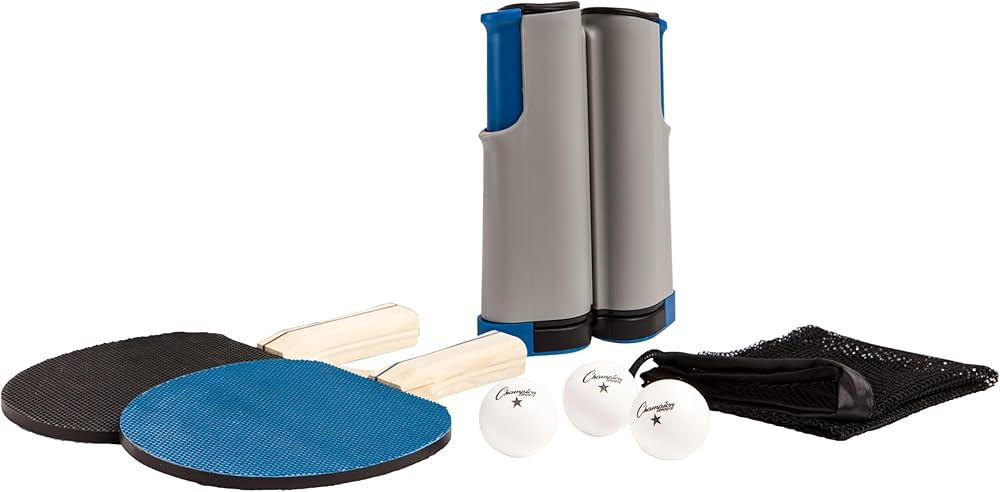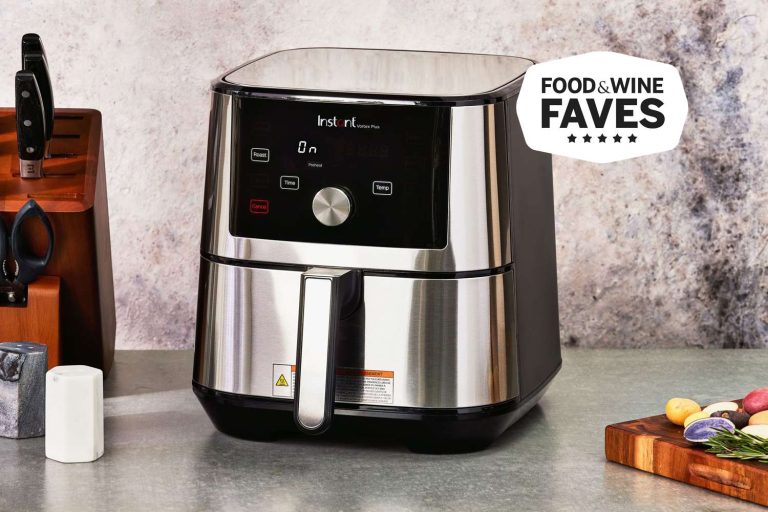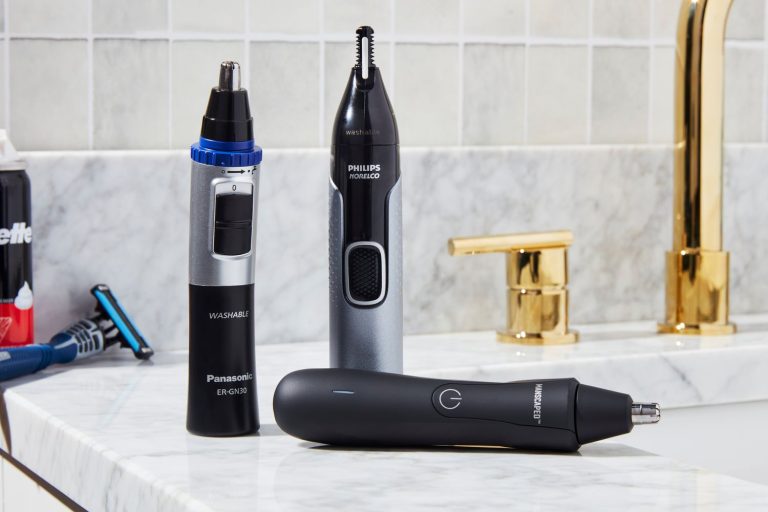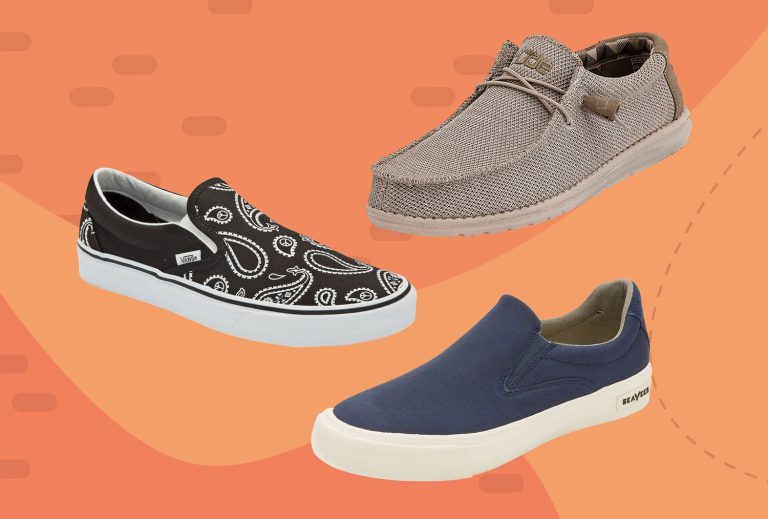9 Best Ping Pong Paddles: Top Choices for Every Playing Style and Budget
Whether you’re a seasoned player or just picking up the sport, having the right ping pong paddle can make all the difference. The perfect paddle not only enhances your performance but also boosts your confidence at the table. With countless options available, finding the ideal paddle may seem overwhelming.
1. Determine Your Playing Style
Choosing the right ping pong paddle starts with understanding your playing style. Different paddles offer various advantages tailored to specific gameplay techniques.
Factors to Consider
Identify the key factors influencing your choice of paddle.
- Grip Style: Determine if you use a shakehand or penhold grip. Shakehand grips are common in Europe and North America, whereas penhold grips are popular in Asia.
- Playing Style: Assess whether you’re an offensive, defensive, or all-around player. Offensive players benefit from paddles with speed and spin, while defensive players need paddles offering control.
- Blade Material: Choose between wood and composite blades. Wooden blades provide better control, whereas composite blades excel in speed.
- Rubber Type: Select between pips-in and pips-out rubber. Pips-in rubber offers more spin and control, while pips-out rubber is suited for defensive play.
Evaluating Your Skill Level
Align your paddle choice with your current skill level.
- Beginner: Stick with paddles offering more control and less spin. These paddles help you develop fundamental skills without overwhelming you.
- Intermediate: Opt for balanced paddles combining speed and control. As your skills improve, you’ll benefit from a paddle that can adapt to various playing styles.
- Advanced: Choose high-performance paddles with specialized rubber and blade combinations. Advanced paddles cater to refined techniques and offer superior speed and spin.
Understanding your playing style and evaluating your skill level will guide you to the best ping pong paddle, enhancing your performance and enjoyment of the game.
2. Choosing the Right Grip Type
Selecting the right grip type can significantly elevate your ping pong performance. Here are the main grip types to consider:
Penhold Grip Paddles
Penhold grips mimic the way you’d hold a pen. Used extensively by Asian players, this grip enhances wrist flexibility, enabling quick, powerful forehand shots. You’ll find two main styles: Chinese Penhold, preferred for close-to-the-table play with a strong forehand, and Japanese/Korean Penhold, which offers a backhand advantage due to its longer handle. Choose a penhold grip if you prefer agility and power in your forehand drives.
Shakehand Grip Paddles
Shakehand grips resemble a conventional handshake. Favored by Western players, this grip allows easy switching between forehand and backhand shots, providing a balanced style. You’ll encounter variations, such as the Deep Shakehand Grip, which offers more control, and the Shallow Shakehand Grip, which increases speed. Opt for a shakehand grip if you value versatility and balanced play across both wings of your game.
3. Materials and Construction
Choosing high-quality materials for your ping pong paddle is crucial for optimal performance. The core components often include wood and carbon fiber.
Wood
Wood is a traditional material used in the construction of ping pong paddles. Different types of wood, like balsa, ayous, and limba, offer various benefits. Balsa wood, for instance, provides a lightweight feel, making it easier for quick movements. Ayous wood offers a balance between flexibility and stiffness, ideal for precision shots. Limba wood gives good control and touch, perfect for strategic play. Your choice of wood affects the paddle’s weight and flexibility.
Carbon Fiber
Carbon fiber enhances the paddle’s speed and stiffness. It’s often integrated into the blade to increase power without adding much weight. The increased rigidity from carbon fiber helps in delivering faster and more powerful shots. It also provides a larger sweet spot, reducing the chances of mishits. For aggressive players looking to dominate rallies with powerful strokes, a paddle with a carbon fiber layer is an excellent choice.
4. Control and Speed Factors
Finding the right balance between control and speed is crucial when selecting a ping pong paddle. Here’s what you need to know:
Balance Between Speed and Control
Choosing the perfect balance between speed and control can elevate your game. Control refers to your ability to place the ball accurately on the table, while speed is about how fast you can hit the ball. A paddle with high control generally has a tacky rubber and a flexible blade, making it easier to place shots precisely. Conversely, a paddle optimized for speed usually features a stiffer blade and less tacky rubber, allowing for faster shots but requiring more precision. Finding this balance often depends on your playing style and personal preference.
Importance for Beginners vs. Advanced Players
Understanding the importance of speed and control is key for both beginners and advanced players. Beginners often benefit from paddles with higher control, as they help in developing accuracy and consistency. These paddles typically have less speed, allowing new players to focus on placement and technique. On the other hand, advanced players might prefer paddles that provide more speed, enabling faster reactions and powerful strokes. Advanced paddles often combine high-speed capabilities with reasonable control, catering to experienced players’ refined skills and agility.
5. Paddle Weight and Comfort
Choosing the right weight and design of a paddle enhances your control and comfort, directly impacting your gameplay.
Light vs. Heavy Paddles
Light paddles offer faster maneuverability, making them ideal for players who rely on quick reflexes and a fast-paced game. They allow you to react swiftly to your opponent’s shots and execute rapid strokes. Conversely, heavy paddles provide more power behind each shot, which suits players who prefer a stronger, more forceful playing style. These paddles are better for generating spin and delivering powerful smashes. Beginners might find light paddles easier to handle, while advanced players often benefit from the added heft of heavy paddles.
Ergonomics and Handle Design
Ergonomic handles are crucial for maintaining comfort during extended playing sessions. Flared handles offer a wider base, providing a secure grip and preventing the paddle from slipping out of your hand. Straight handles are best for versatile grip adjustments, allowing you to switch between different playing styles effortlessly. Anatomical handles conform to the shape of your hand, ensuring a snug fit and reducing fatigue. Selecting a paddle with the right handle design helps you maintain control, ease strain, and enhance your overall performance.
6. Rubber Types and Their Impact
Selecting the right rubber type affects your ping pong paddle’s performance. Different rubbers cater to various playing styles and skill levels, enhancing gameplay significantly.
Inverted Rubber Paddles
Inverted rubber paddles are the most common choice among players. These paddles feature a smooth surface, providing excellent grip on the ball. Offering superior control and spin, they’re perfect for offensive play. Due to their tacky surface, inverted rubbers help generate heavy topspin, making it tough for opponents. Most professional players prefer this type as it balances spin and control.
Pimpled Rubber Paddles
Pimpled rubber paddles, also known as pips-out paddles, have a distinctive texture with small rubber pimples facing outwards. These pips reduce spin, making it easier to return spin-heavy shots. Short pips are great for quick, aggressive play, while long pips provide deceptive spin, confusing your opponent. Defensive players often choose long pips for their ability to neutralize opponents’ spin, turning their power into your advantage.
7. ITTF Approval and Regulations
When choosing a ping pong paddle, ITTF approval can make a significant difference in its performance and legality in official play. Understanding these regulations is crucial for competitive players.
Importance of ITTF Approval
Having an ITTF-approved paddle ensures it meets the international standards for competitive play. ITTF (International Table Tennis Federation) regulations mandate specific criteria for the materials and design of paddles, ensuring fairness and consistency in the game. When you use an approved paddle, you’re guaranteed it meets the quality and standards set by the governing body, which is essential for tournament play.
How ITTF Standards Affect Performance
ITTF standards influence your paddle’s performance by regulating aspects like rubber thickness and blade composition. These standards ensure the paddle’s grip, speed, and spin meet the set benchmarks, giving you a reliable and consistent experience. For instance, the rubber thickness on an ITTF-approved paddle can directly impact your ability to generate spin and control the ball, critical for advanced play. With ITTF-approved equipment, you can trust that your gear will perform as expected in official matches.
8. Maintenance and Care
To ensure your ping pong paddle’s longevity, regular maintenance is essential. Proper care enhances performance and extends the paddle’s life.
Cleaning the Paddle
Keep your paddle clean to maintain its grip and control. Use a damp cloth with mild soap to wipe the rubber surface. Avoid using harsh chemicals that can damage the paddle. Rinse the cloth in clean water, wring it out, and wipe the paddle again to remove soap residue. Dry the paddle with a microfiber cloth to prevent moisture build-up.
Storage and Handling Tips
Store your paddle in a protective case when not in use to shield it from dust and damage. Keep it in a cool, dry place to prevent warping or rubber deterioration. Avoid placing heavy objects on top of the paddle to prevent blade damage. Handle the paddle by its handle, not the rubber, to maintain its tackiness and performance.
9. Where to Buy and Price Range
When you’re ready to purchase a ping pong paddle, it’s essential to know where to shop and what to expect in terms of cost. Here’s a breakdown of your options and pricing details.
Online vs. Physical Stores
Online stores offer convenience and a wider selection. Websites like Amazon, Paddle Palace, and Mega Spin have extensive catalogs, user reviews, and competitive prices. You can easily compare models and read customer feedback before making a decision.
Physical stores let you feel the paddles before buying. Sporting goods stores like Dick’s Sporting Goods and local specialty shops often have knowledgeable staff who can provide tailored advice. While selection might be limited, you get immediate purchase and return options.
Budget and Professional Options
Budget options cater to casual players. Paddles in this range typically cost between $20 and $50. They often feature basic rubber and a lower-quality blade, making them suitable for beginners.
Professional paddles suit serious or competitive players. These paddles range from $80 to $200 or more. They usually have advanced features like high-quality rubber, carbon fiber layers, and customizable components, enhancing performance significantly.
Finding the right place to buy and understanding the price range helps you make an informed decision, ensuring you get the best paddle for your needs and budget.
Conclusion
Choosing the right ping pong paddle can make a significant difference in your game. By considering factors like grip style, materials, and ITTF regulations, you can find a paddle that complements your playing technique. Remember to balance control and speed to enhance your performance.
Proper maintenance, including regular cleaning and safe storage, will prolong the life of your paddle. Whether you’re shopping online or in physical stores, understanding the price ranges and features will help you make an informed decision that fits your budget and needs.





